Uncategorized
-
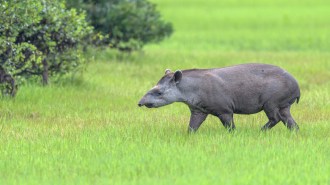 Genetics
GeneticsHere are 5 cool findings from a massive project on 240 mammal genomes
A new series of studies on mammal genetics is helping scientists start to answer questions about evolution, cancer and even what makes us human.
By Meghan Rosen -
 Physics
PhysicsThese worms can escape tangled blobs in an instant. Here’s how
Tangled masses of California blackworms form over minutes but untangle in tens of milliseconds. Now scientists know how.
-
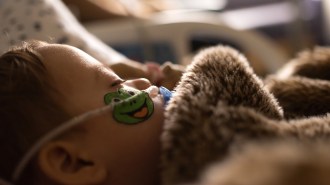 Health & Medicine
Health & MedicineHere’s what we know about upcoming vaccines and antibodies against RSV
New vaccines and monoclonal antibodies may be available this year to fend off severe disease caused by respiratory syncytial virus.
-
 Health & Medicine
Health & MedicinePets and people bonded during the pandemic. But owners were still stressed and lonely
People grew closer to their pets during the first two years of COVID. But pet ownership didn’t reduce stress or loneliness, survey data show.
-
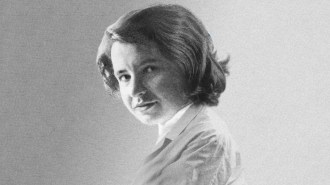 Genetics
GeneticsWhat was Rosalind Franklin’s true role in the discovery of DNA’s double helix?
Two researchers say that Rosalind Franklin knowingly collaborated with James Watson and Francis Crick to discover the molecular structure of DNA.
-
 Psychology
PsychologyNative language might shape musical ability
People who speak tonal languages, where pitch alters meaning, are better at perceiving melody but worse at rhythm than speakers of nontonal languages.
-
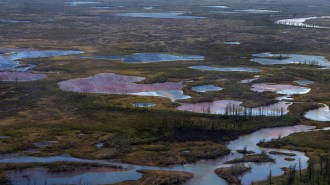 Climate
ClimateThawing permafrost may unleash industrial pollution across the Arctic
As the frozen ground warms due to climate change, industrial pollutants could flow free from thousands of sites across the Arctic.
By Nikk Ogasa -
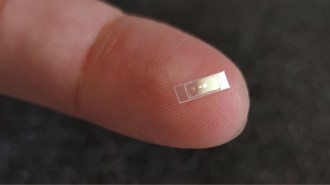 Quantum Physics
Quantum PhysicsA sapphire Schrödinger’s cat shows that quantum effects can scale up
The atoms in a piece of sapphire oscillate in two directions at once, a mimic of the hypothetically dead-and-alive feline.
-
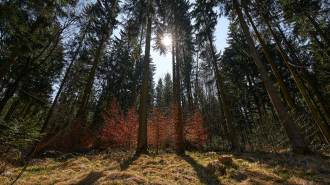 Plants
PlantsUltrasound reveals trees’ drought-survival secrets
Scientists used ultrasound sensors and electrical probes to reveal how drought affects the tissues of living trees.
-
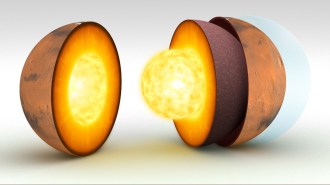 Planetary Science
Planetary ScienceSeismic waves crossing Mars’ core reveal details of the Red Planet’s heart
NASA’s InSight lander observed a quake and an impact on the farside of Mars, allowing researchers to measure physical properties of the planet’s core.
By Nikk Ogasa -
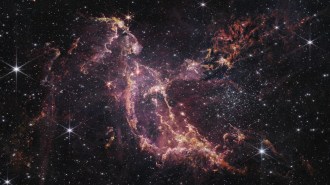 Space
SpaceRocky planets might have been able to form in the early universe
The James Webb telescope spied planet-building material around young stars in a nearby galaxy whose chemical makeup matches that of the early cosmos.
-
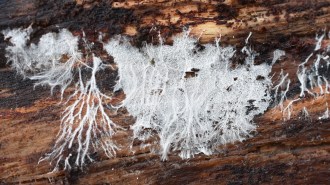 Materials Science
Materials ScienceA vegan leather made of dormant fungi can repair itself
Researchers developed a leather alternative made from dormant fungus that can be reanimated and then regrow when damaged.
By Jude Coleman